A Walk in a Cemetery
With more than 200 cemeteries in Hancock and Harrison counties, these lovely last resting places are also home to art and history.
- by Rebecca Orfila, photos by Ellis Anderson and Rebecca Orfila
PH is the examination of the history of your locale through research and “on the ground” exploration. It invites the public to examine the historical nature of streets, buildings, cemeteries, and people associated with local history or families.
Cemeteries are either public or private. The large military and sometimes older city cemeteries are maintained by local, state, or national governments. Private cemeteries are maintained by private cemetery associations, owner families, or churches. There can be restrictions regarding access times and animals like dogs on cemetery grounds. Before visiting a private, family, or public cemetery educate yourself on the days and hours of access. The first activity is to identify research questions. What interests you? Which are the oldest cemeteries in a specific area? Which have the oldest burials? Where are the former leaders of the community buried? Is there a trend of deaths during certain years that could connect to years of disease or weather events? Are any monuments written in a language other than English? Practical historians can find the same information on their own by connecting with resources available from the Hancock County Historical Society (HCHS) and their onsite records and references, local history libraries, plus Internet resources like Ancestry.com (public and private genealogical resources and family trees), Genealogybank.com (old newspapers), FindaGrave.com, and other genealogical resources such as USGenWeb and Rootsweb. Based on the invaluable work performed by members of the Hancock County Historical Society plus USGenWeb and FindaGrave, we know three of the 65 Hancock County cemeteries are recorded in the Fourth Ward: Waveland, Fayard, and Gulfside Assembly. With these resources, it is possible to become well versed on the inhabitants of a cemetery prior to a field visit.
Our research for the oldest burials in the Fourth resulted in finding Francois Favre, who died in 1873, in the Fayard family cemetery (private). Favre was born in 1797 in Haute-Savoie, France, and served as a private in the 18th Mississippi Militia during the War of 1812. In Waveland Cemetery (public) off Dufour Road, a small grave dates to 1886 and holds the remains of one of three infants of the Dorsey family.
With names and dates in hand, a visit to local cemeteries is in order. So what are we looking for during our field trip? As in our initial research, we will be on the lookout for persons of interest such as family members, local families or persons (such as the burials identified above), or people important to the history and development of the local community. An additional activity in your review of a cemetery could be the identification of symbols seen on memorials and monuments. Symbols and figures on or around gravestones present more about the individual than simple names and dates seen commonly in modern monuments. Common symbols seen in cemeteries include the Christian cross, the Star of David, broken columns (a life cut short), a crown (soul’s achievement and glory of life after death), a dog (symbolic of a good master), dove (innocence and peace), and the weeping willow tree (perpetual mourning and grief).
There are three common forms of containment of the deceased in local cemeteries: gravesites for interment, mausoleums for aboveground, and columbariums for ashes contained in urns.
Whether engraved or not, the architectural styles and materials of monuments such as head- and footstones also inform our understanding of history with the aesthetics of art and design. In other words, we can tell the approximate age of a headstone by becoming familiar with architectural styles of an era. During the late 1700s and early 1800s, flat, horizontal ledge stones were popular and easy to engrave. As technology improved, monuments became vertical and symbols and information about the interred was added. The placement of graves within a plot may relate to religious beliefs or cultural traditions. Most Christians are buried facing east, though it is popular on our coast to be buried facing the beach. One funeral director told me that there is a tradition of a wife being laid to the right of the husband. There are many cemetery tours along the Mississippi Coast this season, even after Halloween. Take an educational and fun tour of a nearby graveyard and celebrate local history for yourself! Please note: The use of ground-penetrating radar or metal detectors should be approved by the cemetery owner or management prior to use. Remember that any excavation or the removal of materials in a cemetery without the permission of the cemetery owner and the gravesite owner is considered vandalism or theft. Comments are closed.
|
Categories
All
Archives
July 2024
|
Shoofly Magazine Partners
Our Shoofly Partners are local businesses and organizations who share our mission to enrich community life in Bay St. Louis, Waveland, Diamondhead and Pass Christian. These are limited in number to maximize visibility. Email us now to become a Shoofly Partner!

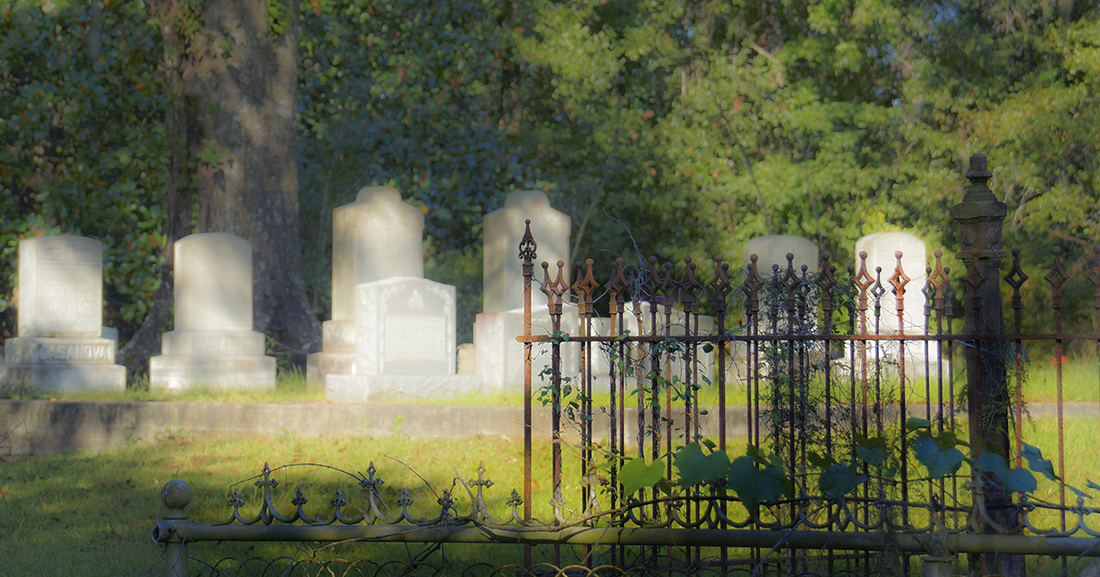
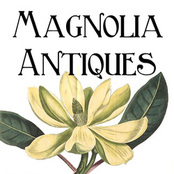
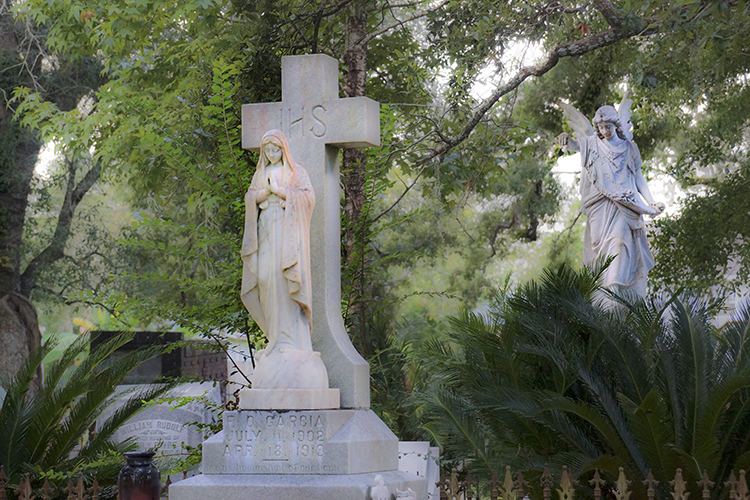
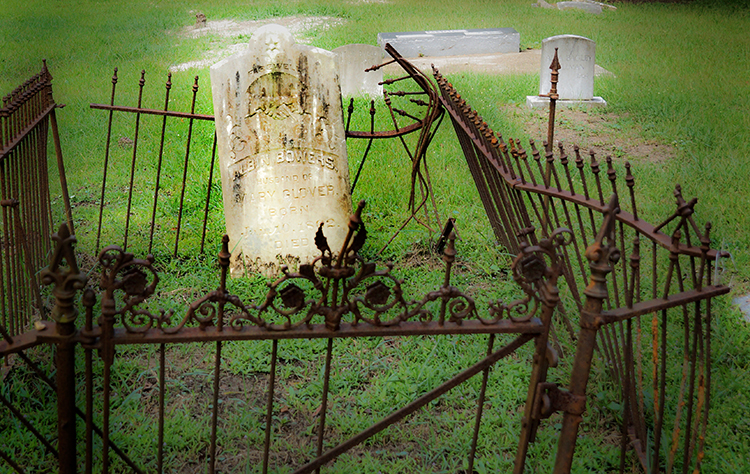
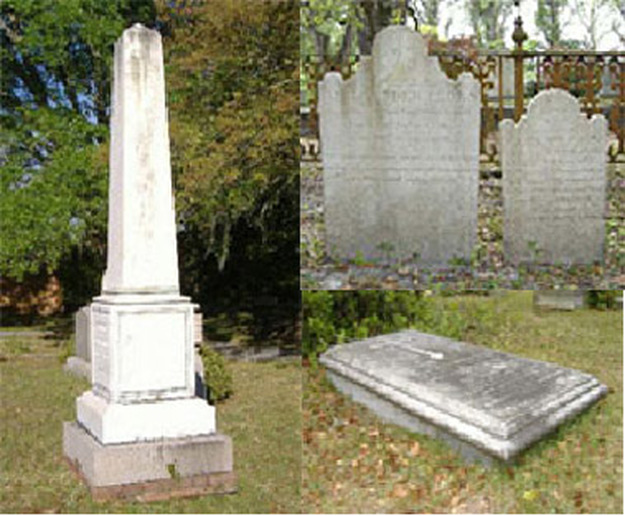

























 RSS Feed
RSS Feed























